Home>Articles>Which Direction Do Ceiling Fans Go In The Summer
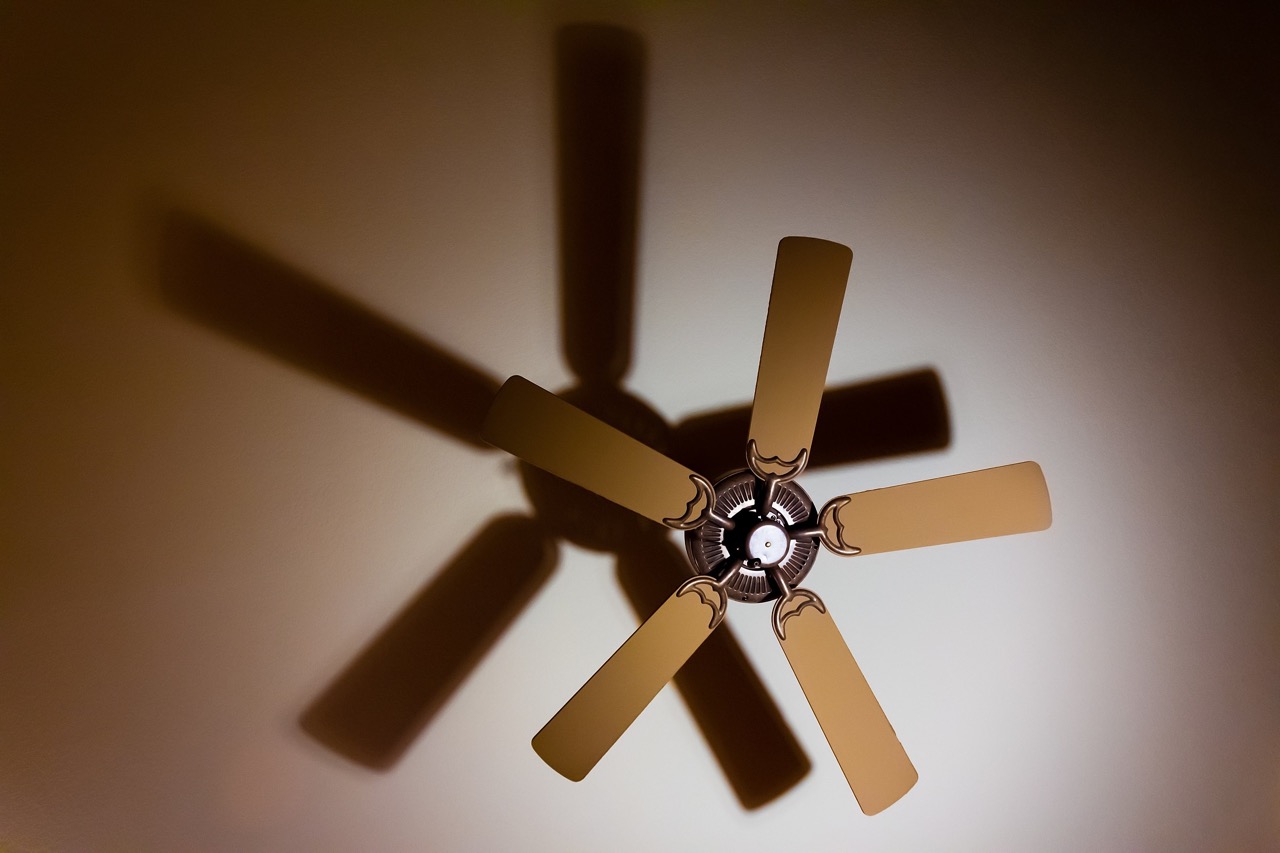

Articles
Which Direction Do Ceiling Fans Go In The Summer
Modified: April 23, 2024
Discover helpful articles on which direction ceiling fans should go in the summer to keep your home cool and comfortable.
(Many of the links in this article redirect to a specific reviewed product. Your purchase of these products through affiliate links helps to generate commission for Storables.com, at no extra cost. Learn more)
Introduction
Ceiling fans are a popular feature in many homes and are especially useful during the hot summer months. But have you ever wondered which direction your ceiling fan should spin to optimize its cooling effect? Don’t worry, you’re not alone. Many homeowners are unsure about the correct direction for their ceiling fans during different seasons. In this article, we will delve into the world of ceiling fan rotation and discuss why it matters in achieving a comfortable and energy-efficient indoor environment.
Understanding how ceiling fan rotation affects the airflow in your room is essential to make the most out of this cooling appliance. Ceiling fans are designed to produce a breeze that creates a wind-chill effect on your skin, making you feel cooler. The direction in which the fan blades rotate determines how this effect is achieved.
The primary purpose of controlling the direction of your ceiling fan is to improve airflow and create a cooling effect. During the summer, you want the fan to circulate air in a way that offers a refreshing breeze. This not only keeps you comfortable, but it can also help reduce your reliance on air conditioning and lower your energy bills.
Key Takeaways:
- Setting your ceiling fan to rotate counterclockwise in the summer creates a refreshing breeze that evaporates perspiration, making you feel cooler and more comfortable. This can help reduce reliance on air conditioning and lower energy bills.
- While ceiling fans do not lower the temperature of a room, they provide a wind-chill effect on your skin, enhancing comfort. Using ceiling fans in conjunction with air conditioning can help distribute cool air more efficiently, allowing you to raise the thermostat temperature without sacrificing comfort.
Understanding Ceiling Fan Rotation
Before diving into the specifics of ceiling fan direction, let’s take a closer look at how ceiling fan rotation works. Ceiling fans consist of angled blades attached to a central motor. When the fan is turned on, the motor spins the blades, creating air movement in the room.
Most ceiling fans have a switch located on the fan housing or remote control that allows you to change the direction of the fan blades. There are typically two settings: clockwise (referred to as the “winter” or “reverse” direction) and counterclockwise (referred to as the “summer” direction).
When the ceiling fan is set to rotate clockwise, the blades pull air upwards towards the ceiling, causing a downward flow of air along the walls. This can be beneficial during the colder months, as it helps to distribute warm air that rises to the ceiling back down into the room, creating a more even temperature.
On the other hand, when the ceiling fan is set to rotate counterclockwise, the blades push air downwards, creating a breeze that moves across your skin. This is the setting we want during the summer, as it creates a cooling effect by evaporating perspiration and providing a more comfortable environment.
Understanding these two rotational options is crucial as it allows you to adjust the fan according to the specific needs of each season. Now that we have covered the basics, let’s focus on the importance of ceiling fan direction during the summer months.
The Purpose of Ceiling Fan Direction
The direction in which your ceiling fan rotates plays a significant role in how it affects the airflow and temperature in your home. Understanding the purpose of ceiling fan direction will help you make informed decisions on how to optimize its use.
During the summer, the primary purpose of the ceiling fan is to create a breeze that makes you feel cooler. By setting the fan to rotate counterclockwise, the blades push air downwards, creating a downward airflow that creates a wind-chill effect on your skin. This sensation of coolness is similar to the feeling you experience when a light breeze blows over you on a hot summer day.
The purpose of this downward airflow is two-fold. Firstly, the breeze evaporates perspiration on your skin, which provides a refreshing sensation and helps to cool you down. Secondly, the airflow creates an evaporative cooling effect by enhancing the rate of moisture evaporation from your skin, which further contributes to the overall cooling sensation.
In addition to providing a direct cooling effect, using your ceiling fan in the correct direction can also help reduce your reliance on air conditioning. By creating a breeze and promoting air movement, the fan allows you to raise your thermostat temperature by a few degrees without sacrificing your comfort. This can lead to significant energy savings and lower utility bills.
Another useful purpose of setting your ceiling fan to the correct direction during the summer is to enhance air circulation in the room. Stagnant air can feel stuffy and uncomfortable, especially on hot days. The downward airflow created by the counterclockwise rotation of the fan blades helps to move the air around, preventing it from becoming stagnant and improving overall air quality.
By understanding the purpose of ceiling fan direction, you can make thoughtful decisions regarding its use in your home during the summer months. Next, let’s explore how to set your ceiling fan in the correct direction to optimize its cooling benefits.
Ceiling Fan Direction in the Summer
Now that we understand the purpose of ceiling fan direction, let’s focus on how to set your ceiling fan in the correct direction to maximize its cooling benefits during the summer.
During the summer months, you should set your ceiling fan to rotate in a counterclockwise direction. This means that when you are standing directly underneath the fan, you should feel a gentle breeze blowing downwards. This counterclockwise rotation creates a cooling effect by creating air movement and evaporating perspiration, helping you feel more comfortable in the heat.
Most ceiling fans have a switch located on the fan housing or remote control that allows you to change the direction of the fan blades. To set your fan to the correct direction for summer, ensure that the switch is in the counterclockwise position. Refer to the manufacturer’s instructions if you are unsure about the location or operation of the switch.
It’s important to note that the speed of the fan also plays a role in achieving the desired cooling effect. In general, using a higher speed setting on your ceiling fan will produce a more noticeable breeze and provide greater cooling. However, personal comfort preferences may vary, so feel free to adjust the speed according to your needs.
By setting your ceiling fan to rotate counterclockwise in the summer, you can enjoy a refreshing breeze that cools you down and creates a more comfortable indoor environment. However, it’s essential to remember that ceiling fans cool people, not rooms. Therefore, it’s advisable to turn off the fan when you leave the room to conserve energy.
Now that we’ve covered the correct direction for summer, let’s explore the benefits of using ceiling fans in the summer and how to maximize their cooling effect.
In the summer, ceiling fans should rotate counterclockwise to create a cool breeze. This can be adjusted using the switch on the fan’s motor.
Benefits of Using Ceiling Fans in the Summer
Using ceiling fans in the summer is not only a practical and cost-effective way to keep cool but also offers several other benefits. Let’s explore the advantages of using ceiling fans during the hot summer months.
1. Enhanced Comfort: The most obvious benefit of using ceiling fans in the summer is the immediate cooling effect they provide. The breeze created by the fan helps to evaporate perspiration on your skin, making you feel cooler and more comfortable, even on the hottest days.
2. Energy Efficiency: Ceiling fans consume significantly less energy than air conditioning units. By using a ceiling fan in conjunction with your air conditioner, you can raise the thermostat temperature a few degrees without sacrificing comfort. This allows you to reduce your energy consumption and lower your utility bills.
3. Cost Savings: As ceiling fans use less energy than air conditioners, using them or instead of AC can lead to substantial cost savings over time. By relying more on fans and less on air conditioning, you can significantly reduce your energy expenses during the summer months.
4. Air Circulation: Ceiling fans improve air circulation in your home, preventing stagnant, stuffy air and ensuring a fresher and more comfortable living environment. This is especially beneficial if you have limited airflow in certain areas of your home or in rooms without windows.
5. Environmentally Friendly: As ceiling fans consume less energy compared to air conditioners, using them contributes to a smaller carbon footprint. By opting for ceiling fans and reducing your reliance on air conditioning, you are making a positive impact on the environment.
6. Flexibility: Ceiling fans offer flexibility when it comes to controlling your comfort. Unlike central air conditioning systems, you can choose which rooms or areas to activate the fan in, allowing you to focus cooling efforts only where needed. This flexibility can be especially useful in larger homes or homes with multiple levels.
By taking advantage of these benefits, you can enjoy a comfortable and energy-efficient summer season by using ceiling fans effectively. Now let’s explore some tips for maximizing the cooling effect of your ceiling fans.
Tips for Maximizing the Cooling Effect of Ceiling Fans
While using ceiling fans is a great way to stay cool during the summer, there are a few tips you can follow to maximize their cooling effect and enjoy optimum comfort. Let’s explore some ways to make the most out of your ceiling fans:
1. Set the Correct Fan Direction: Ensure that your ceiling fan is set to rotate counterclockwise during the summer months. This creates a downward airflow that produces a cooling breeze. Double-check the direction periodically to ensure it hasn’t been accidentally changed.
2. Adjust the Fan Speed: Experiment with different fan speeds to find the setting that provides the most comfortable airflow without causing excessive noise. Generally, a higher speed setting creates a more noticeable breeze, while a lower speed setting is ideal for a gentle cooling effect.
3. Use Ceiling Fans in Conjunction with Air Conditioning: To maximize energy efficiency, use ceiling fans along with your air conditioning. By circulating the cool air produced by the AC, the fan can help distribute it more evenly throughout the room, allowing you to raise the thermostat temperature without sacrificing comfort.
4. Stay Mindful of Fan Placement: Position your ceiling fan in a location where it can effectively circulate the air in the room. Ideally, it should be installed in the center of the room and be at least seven feet above the floor or at an appropriate height depending on the manufacturer’s guidelines.
5. Optimize Fan Placement in Multiple Rooms: If you have multiple ceiling fans installed in different rooms, strategically use them to create a breeze flow throughout your home. By placing fans in rooms that tend to be warmer or where you spend the most time, you can create a comfortable and consistent cooling effect.
6. Adjust Ceiling Fan Blade Angle: Most ceiling fans have adjustable blade angles. In the summer, set the blades at a steeper angle (usually around 12-15 degrees) to create a stronger airflow and maximize the cooling effect. In the winter, you can adjust the blades to a flatter angle to help circulate warm air.
7. Utilize Ceiling Fans Outdoors: If you have a covered patio or outdoor living space, consider installing ceiling fans to keep the area cool and comfortable. Outdoor ceiling fans can provide a refreshing breeze while also keeping pesky insects away.
Remember to turn off ceiling fans when you leave the room, as they cool people, not spaces. Ceiling fans do not lower the temperature of the room but create a cooling effect on your skin through air movement.
By implementing these tips, you can optimize the cooling effect of your ceiling fans and create a comfortable and enjoyable environment throughout the summer season.
Common Misconceptions About Ceiling Fan Direction
When it comes to ceiling fans and their direction, there are several misconceptions that may lead to confusion. Let’s address some of the common misconceptions about ceiling fan direction to help you better understand how they work:
1. Fans Cool the Room: One common misconception is that ceiling fans lower the temperature of a room. In reality, ceiling fans do not have a cooling effect on the air itself. Instead, they create a wind-chill effect on your skin, making you feel cooler. It’s important to remember that ceiling fans cool people, not spaces.
2. Fan Direction Affects Room Temperature: Some believe that changing the direction of the ceiling fan blades can actually alter the temperature of the room. However, the direction of the fan blades only affects the airflow and the perceived sensation of coolness. It does not have any impact on the actual temperature of the room.
3. Reverse Direction is for Summer: Another misconception is that the reverse direction, often referred to as the “winter” direction, is intended for use in the summer. In fact, the reverse direction is better suited for colder months when you want to redistribute warm air trapped near the ceiling back down into the room.
4. Higher Fan Speed Cools More: While it’s true that setting your ceiling fan to a higher speed produces a stronger breeze, it does not actually cool the room more efficiently. The cooling effect of the fan is primarily dependent on the wind-chill effect on your skin rather than the speed of the blades.
5. Fans Replace Air Conditioning: Ceiling fans are not meant to replace air conditioning units. While they can supplement your cooling efforts and help reduce energy consumption, their effect is limited to providing a breeze and increasing comfort. Air conditioning systems are designed to cool and dehumidify the air in your home, providing more efficient cooling in extremely hot conditions.
6. All Fans Have Reversible Motors: Not all ceiling fans have reversible motors that allow you to change the direction of the blades. It’s essential to check the specifications of your fan or consult the manufacturer’s instructions to determine if your fan has a reversible motor.
By understanding these misconceptions, you can use your ceiling fan more effectively and make informed decisions about its direction and usage during different seasons.
Conclusion
Ceiling fans play a crucial role in maintaining a comfortable and energy-efficient home, especially during the hot summer months. Understanding the correct direction for your ceiling fan is essential in maximizing its cooling effect and creating a refreshing breeze.
By setting your ceiling fan to rotate counterclockwise in the summer, you can enjoy the benefits of a downward airflow that creates a wind-chill effect on your skin. This helps to evaporate perspiration, providing a cooling sensation and making you feel more comfortable in the heat.
Using ceiling fans in conjunction with air conditioning can help lower your energy consumption and reduce utility bills. By circulating the cool air produced by the AC, the fan helps to distribute it more efficiently, allowing you to raise the thermostat temperature while still maintaining comfort.
Remember that ceiling fans cool people, not rooms. It’s important to turn off the fan when you leave the room to conserve energy. Additionally, adjusting the fan speed, optimizing fan placement, and utilizing outdoor ceiling fans are a few strategies to maximize the cooling effect of your ceiling fans.
While there are common misconceptions about ceiling fan direction, understanding the truth behind them helps to use your ceiling fan more effectively and make informed decisions about its use in your home.
In conclusion, ceiling fans are valuable and versatile tools that provide comfort, energy efficiency, and airflow throughout your home. By utilizing them correctly and following the tips provided, you can create a cool and comfortable environment while reducing energy consumption during the summer months.
Frequently Asked Questions about Which Direction Do Ceiling Fans Go In The Summer
Was this page helpful?
At Storables.com, we guarantee accurate and reliable information. Our content, validated by Expert Board Contributors, is crafted following stringent Editorial Policies. We're committed to providing you with well-researched, expert-backed insights for all your informational needs.
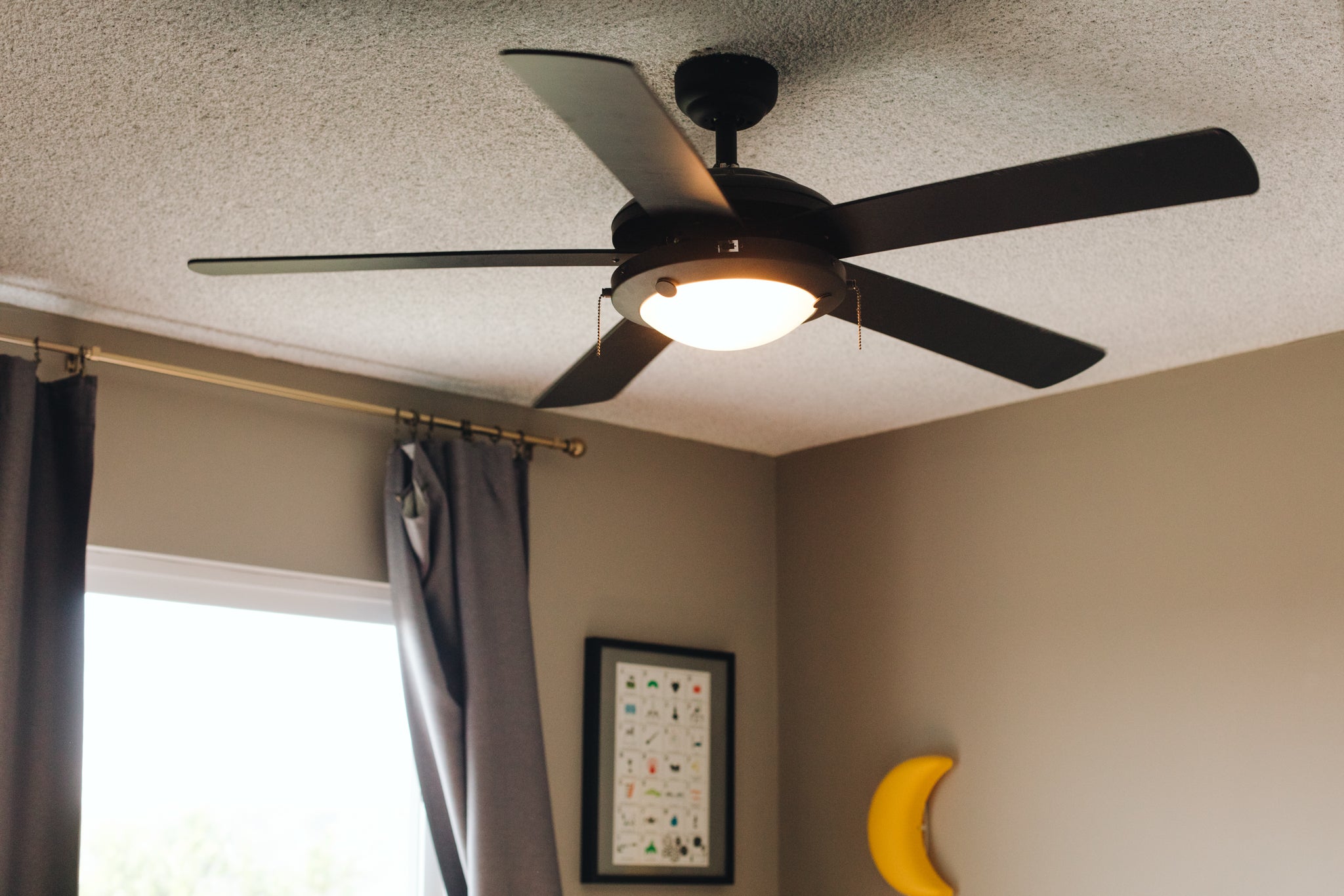
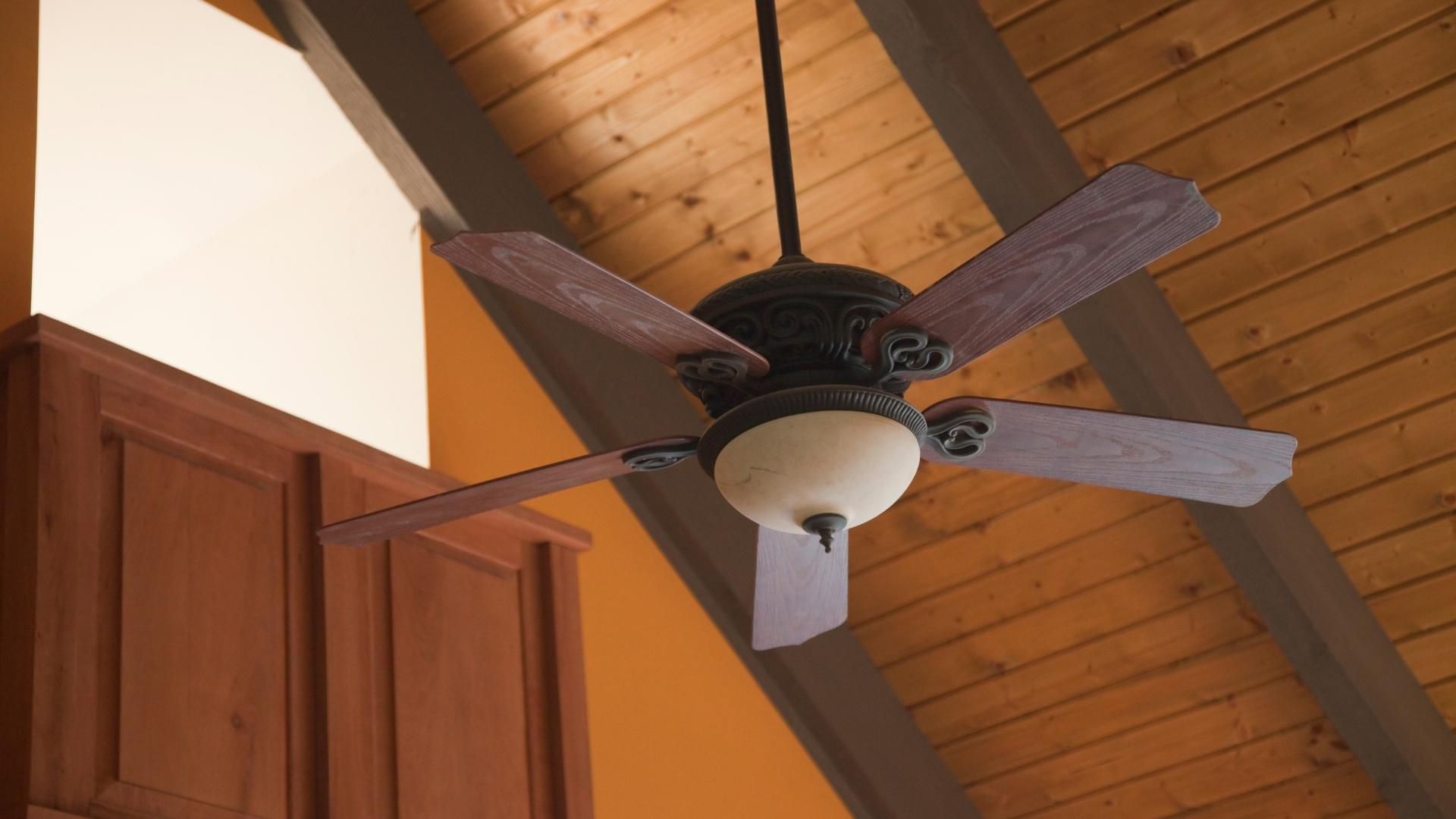

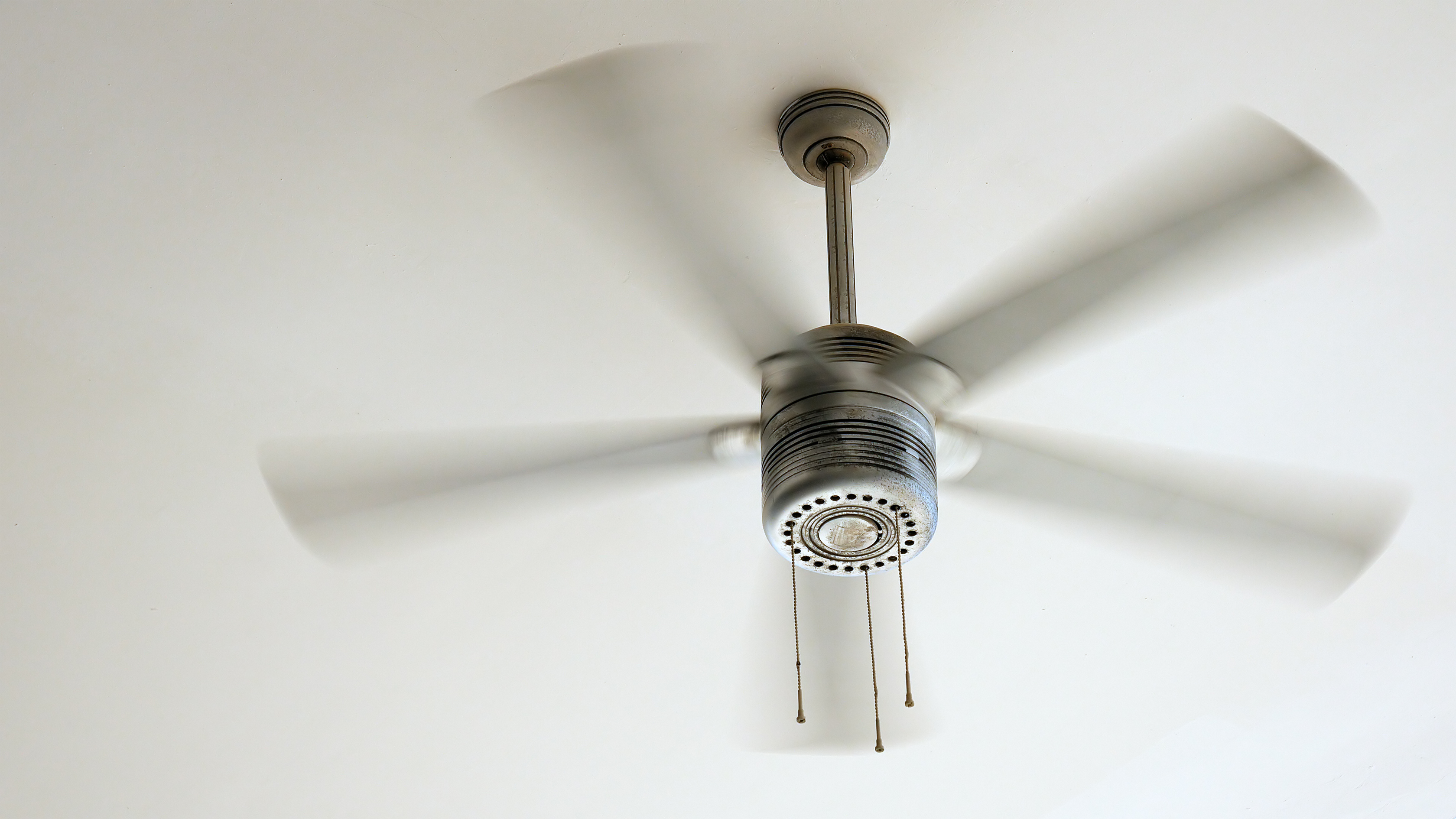
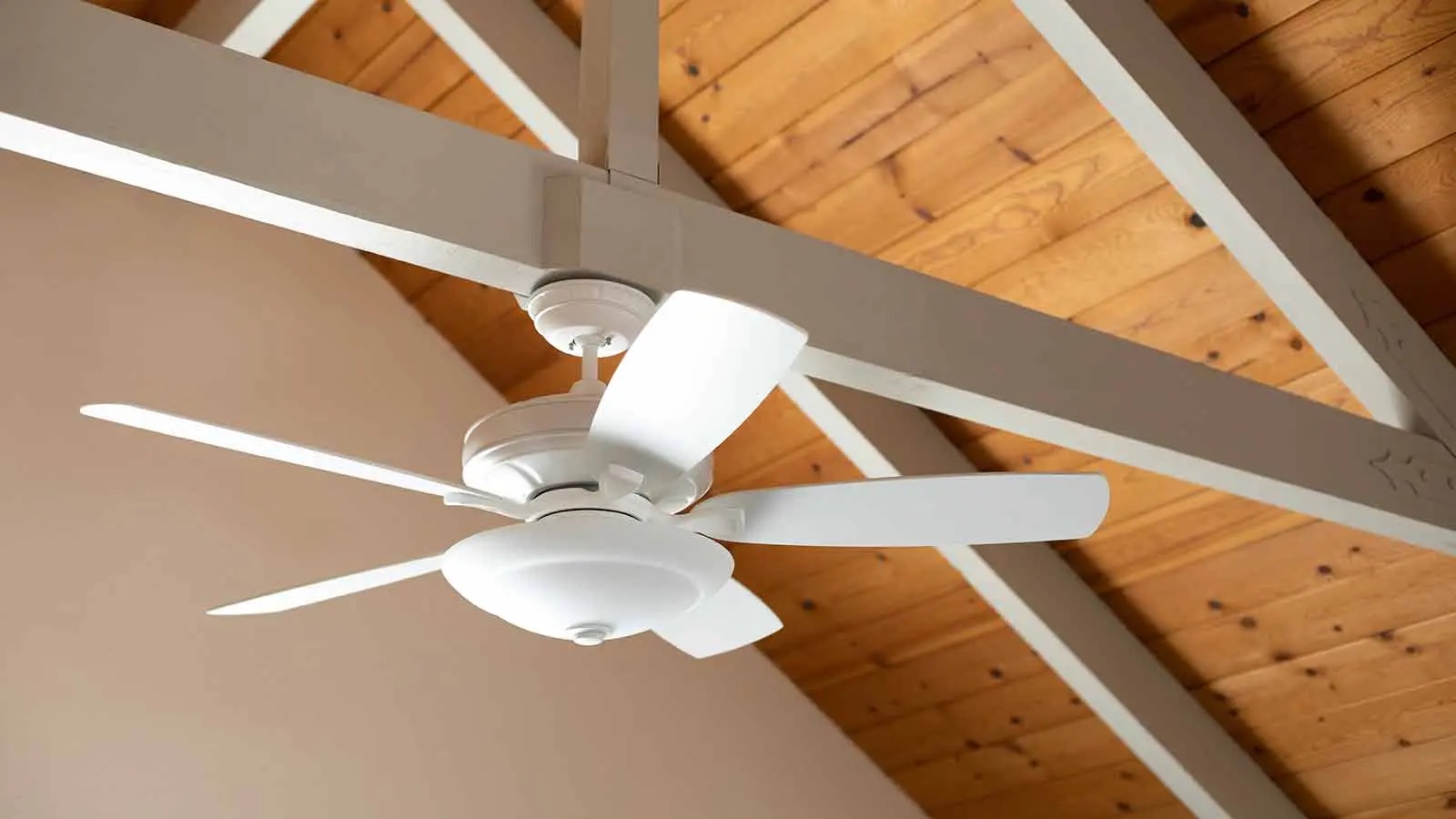
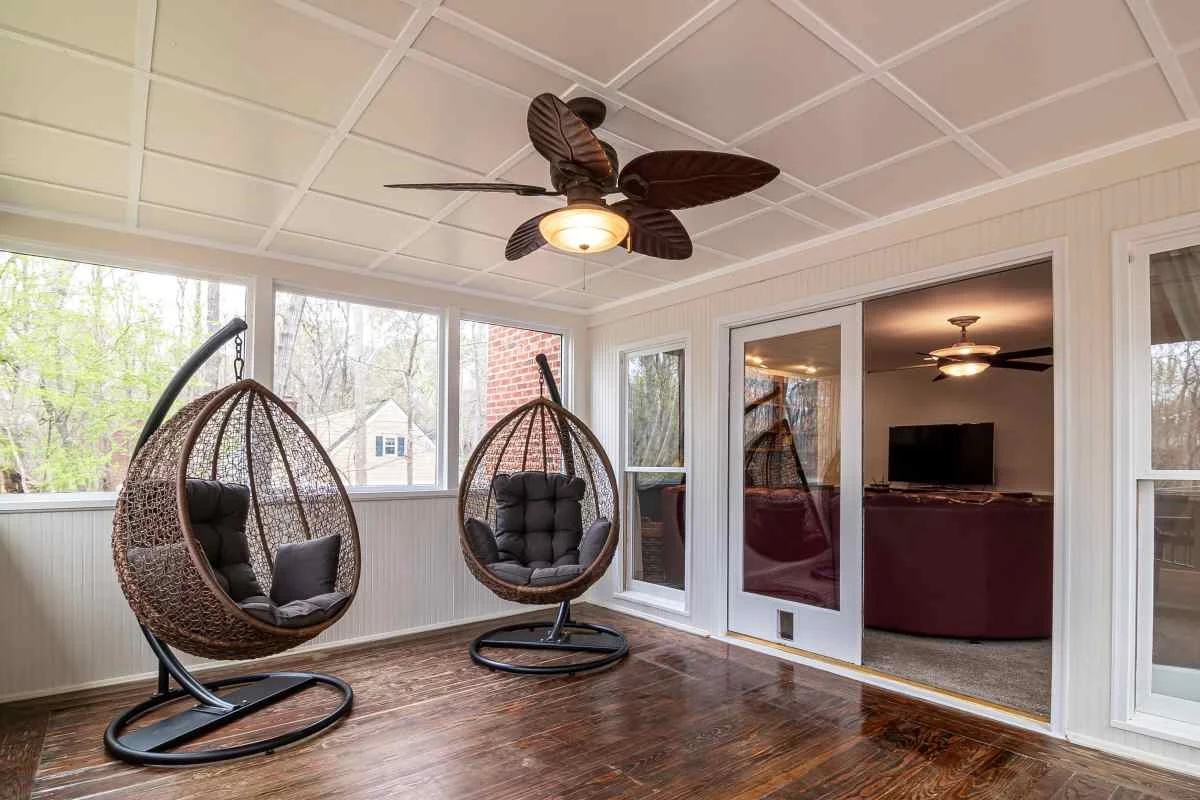
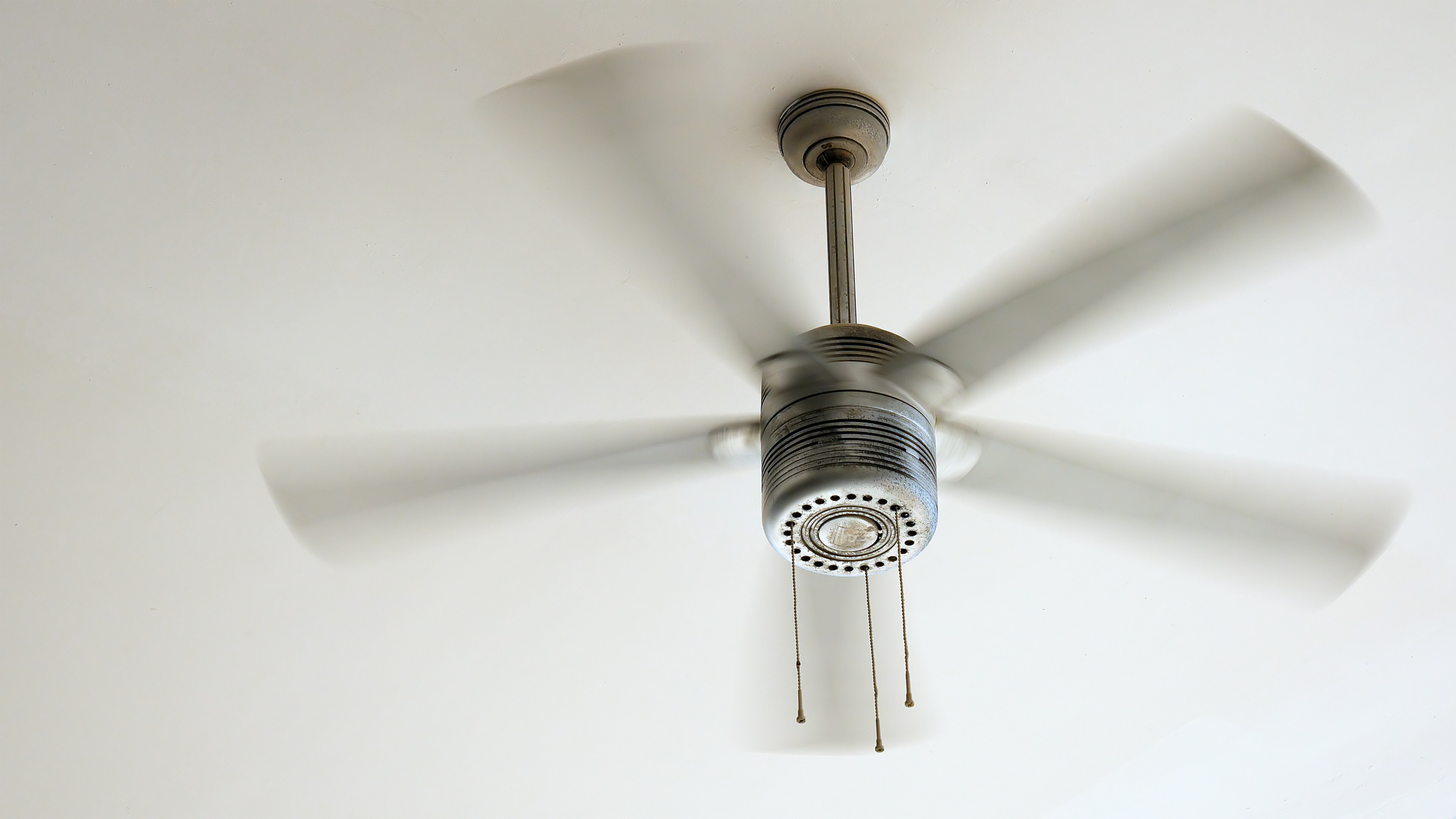
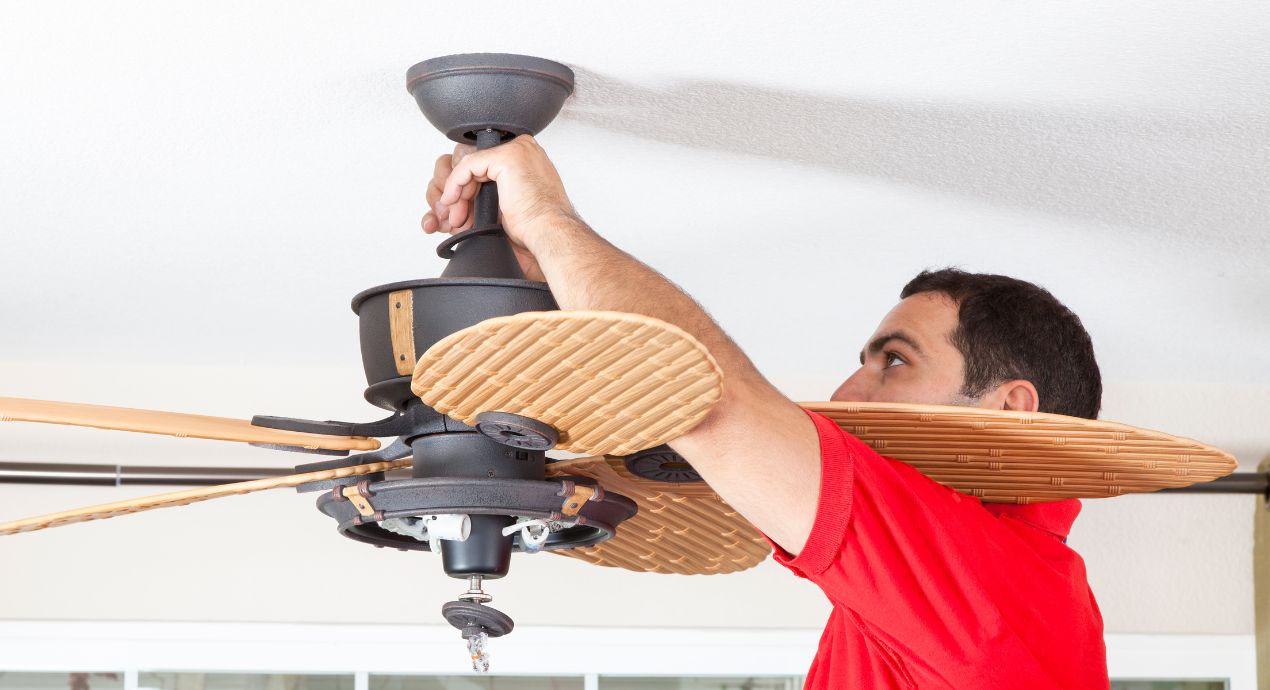
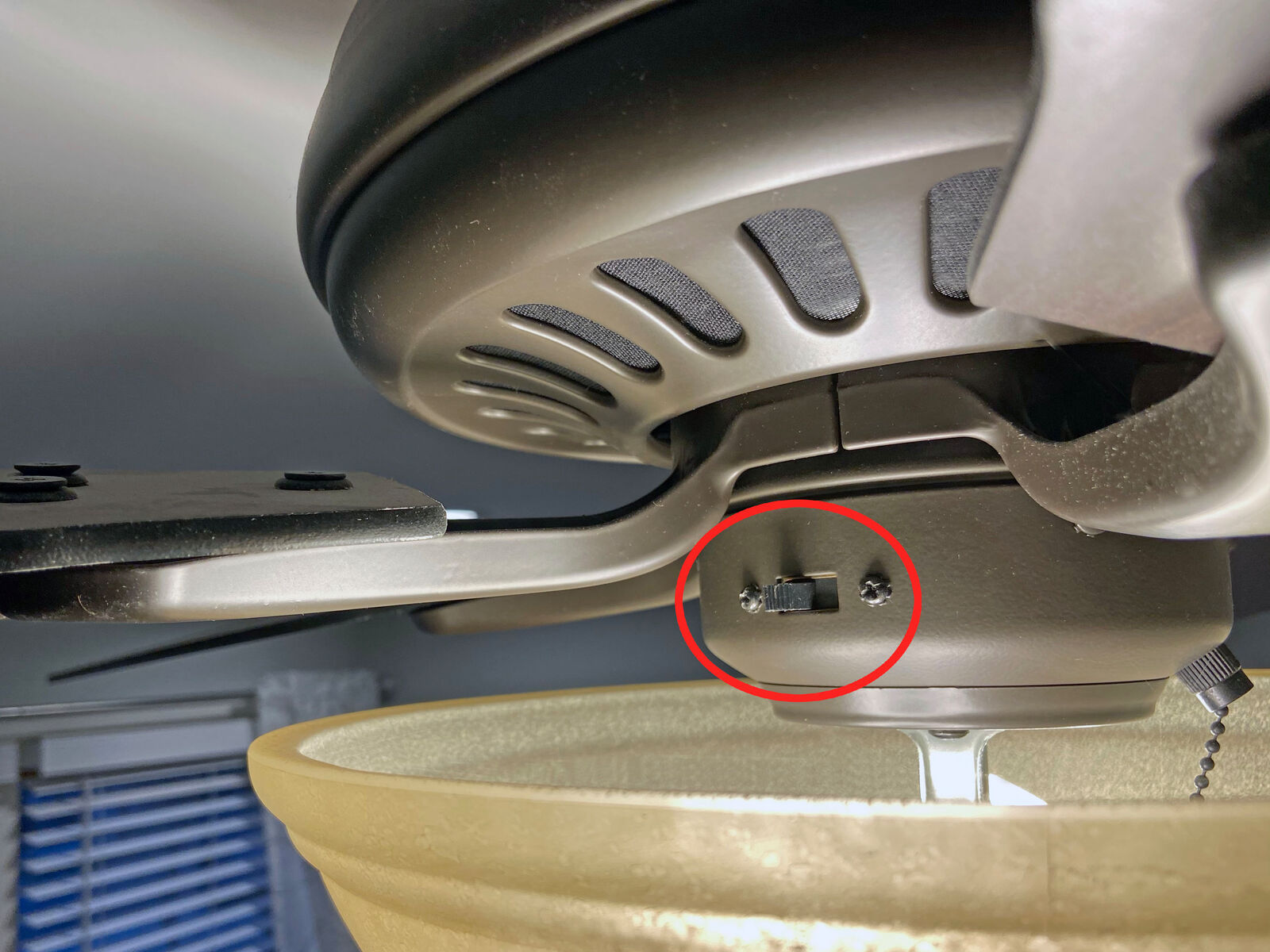
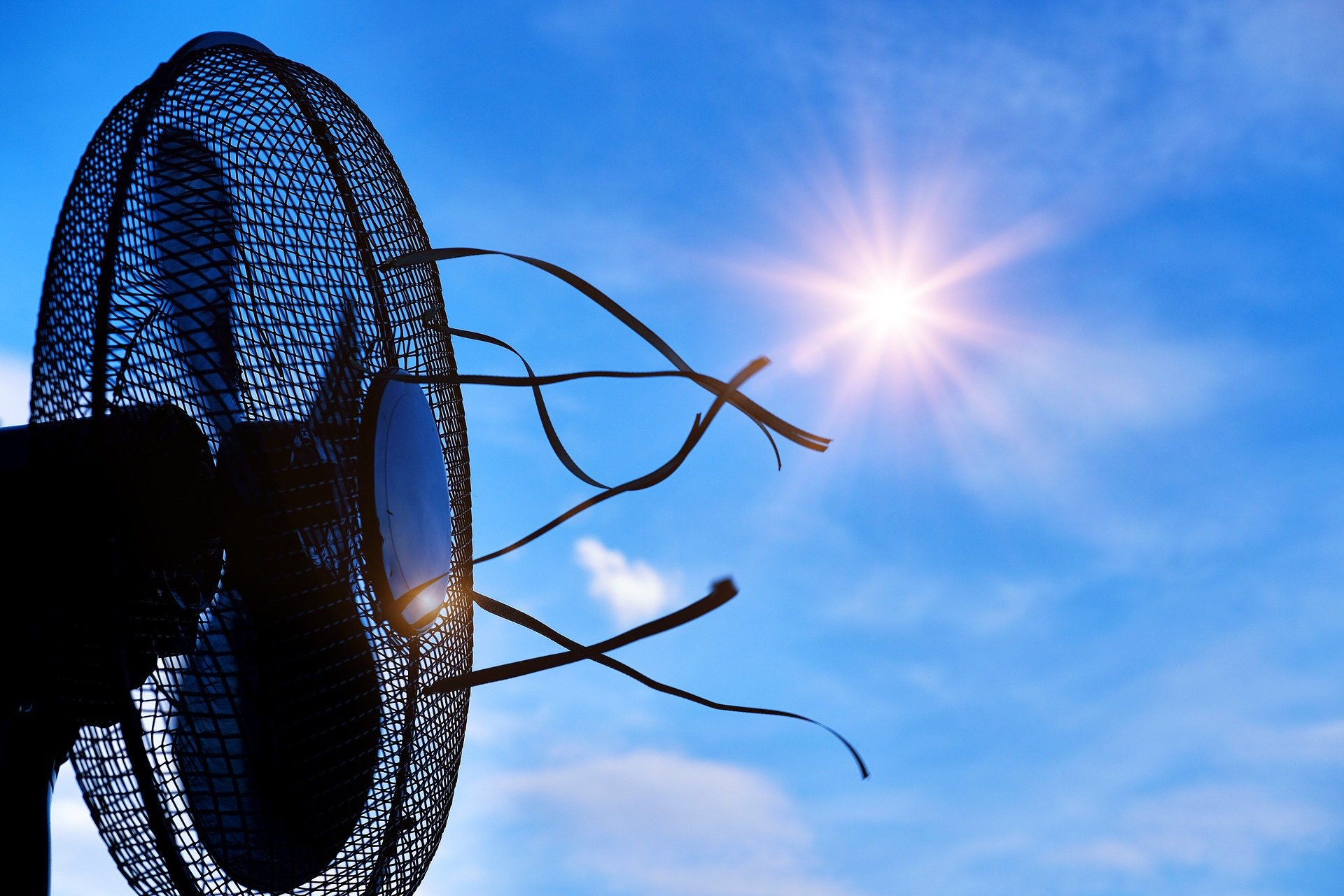
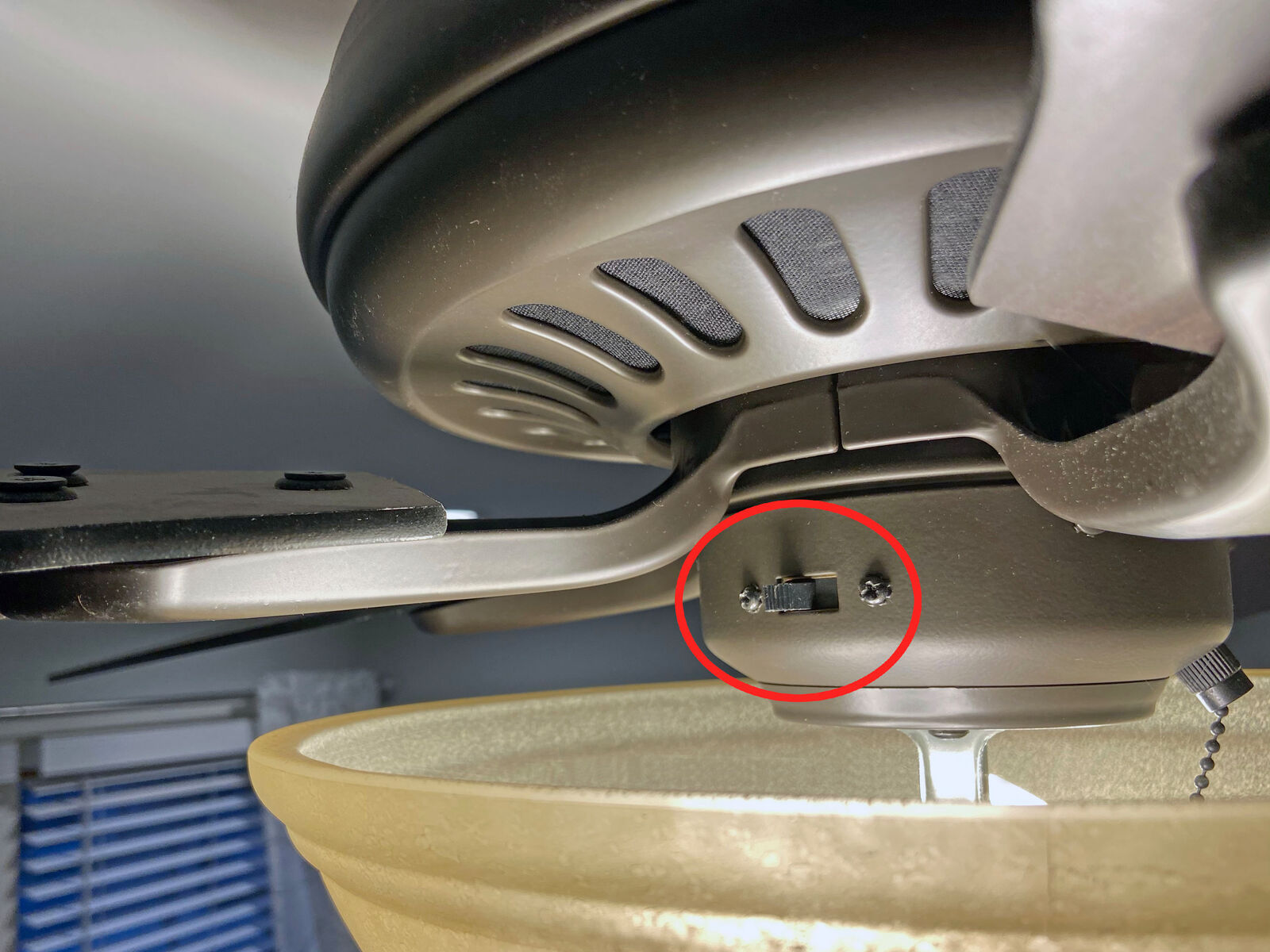
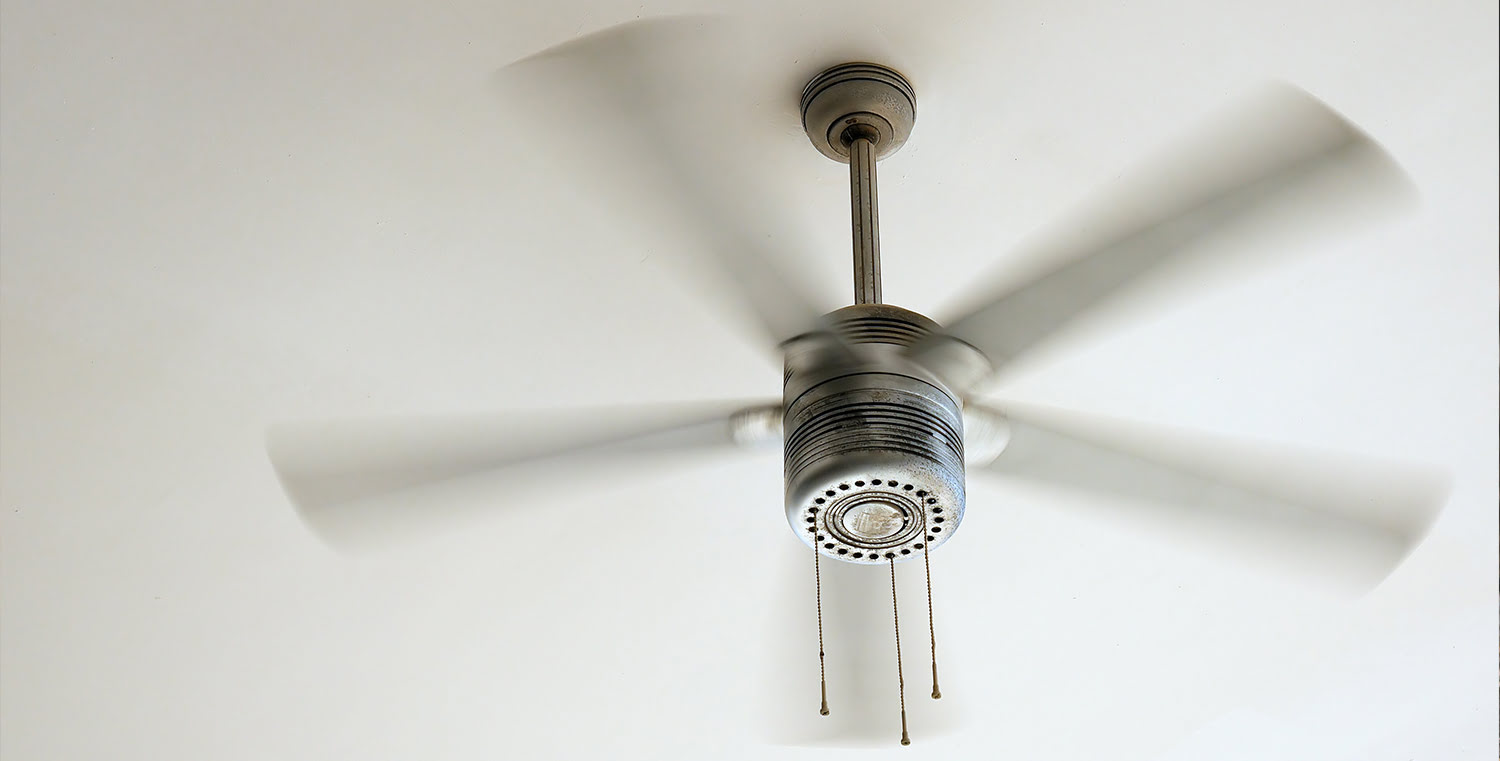
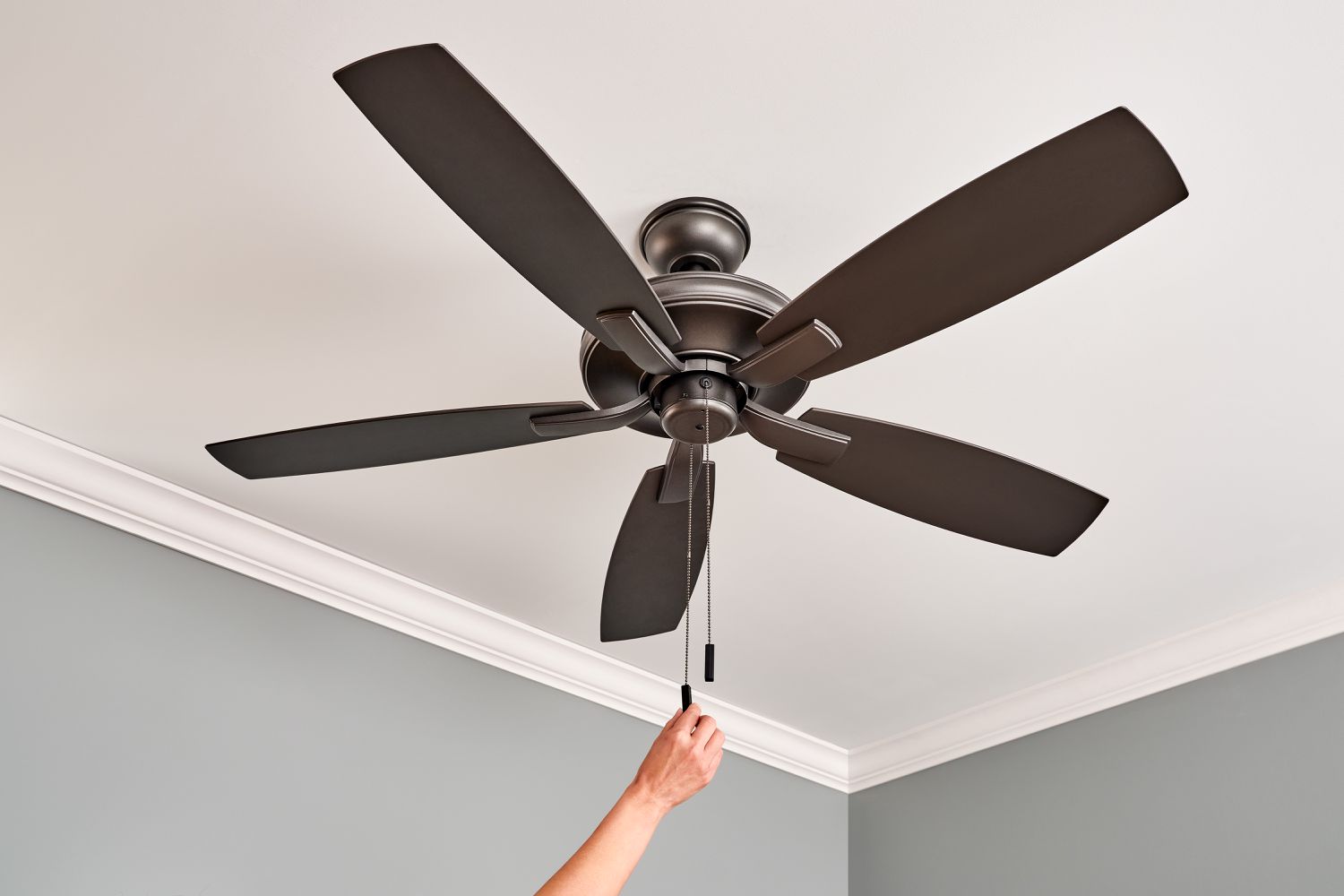
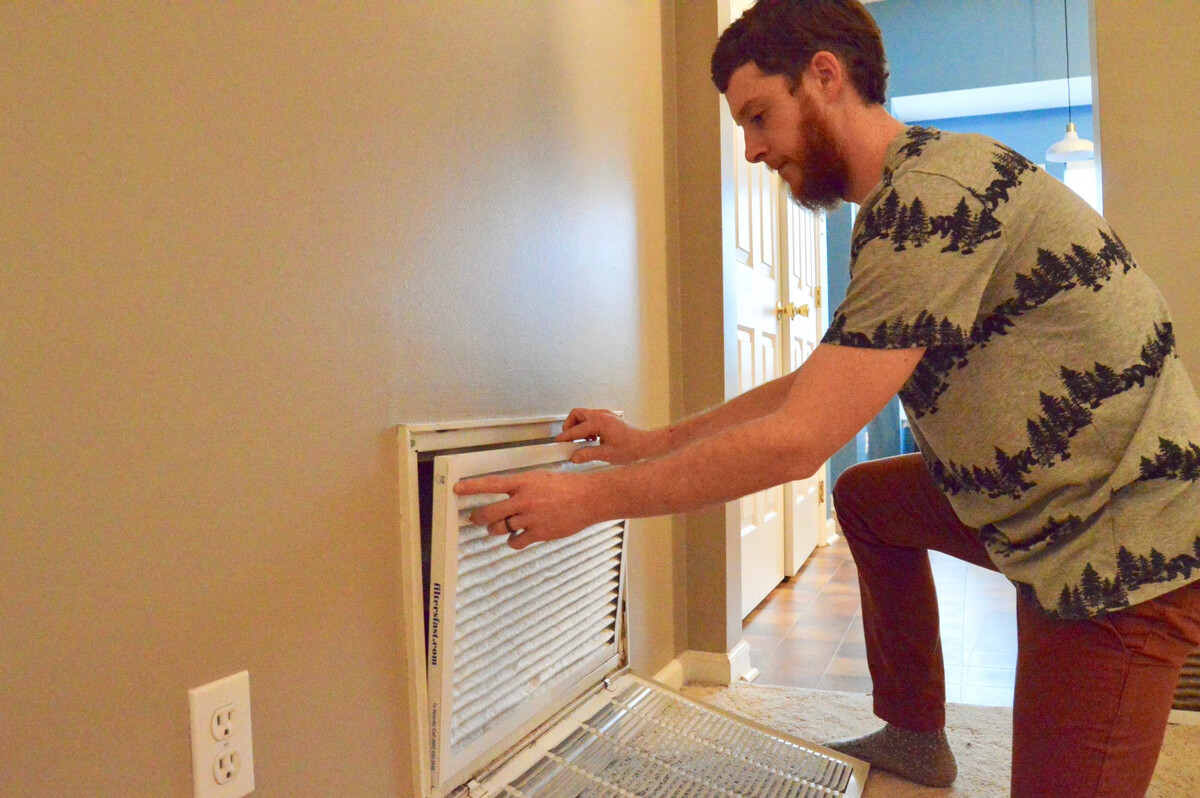

0 thoughts on “Which Direction Do Ceiling Fans Go In The Summer”